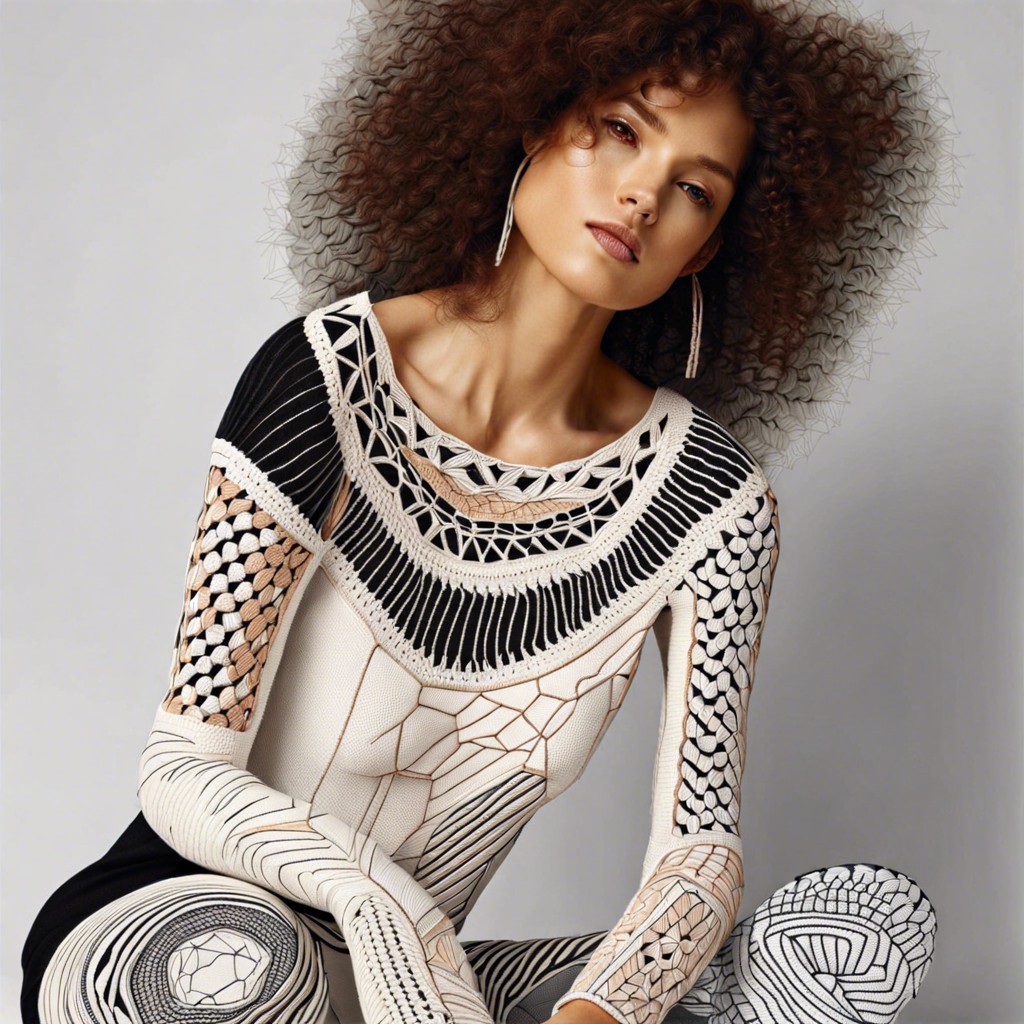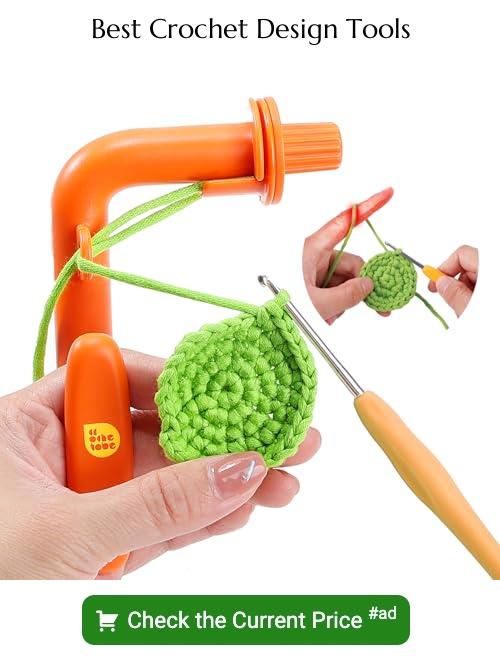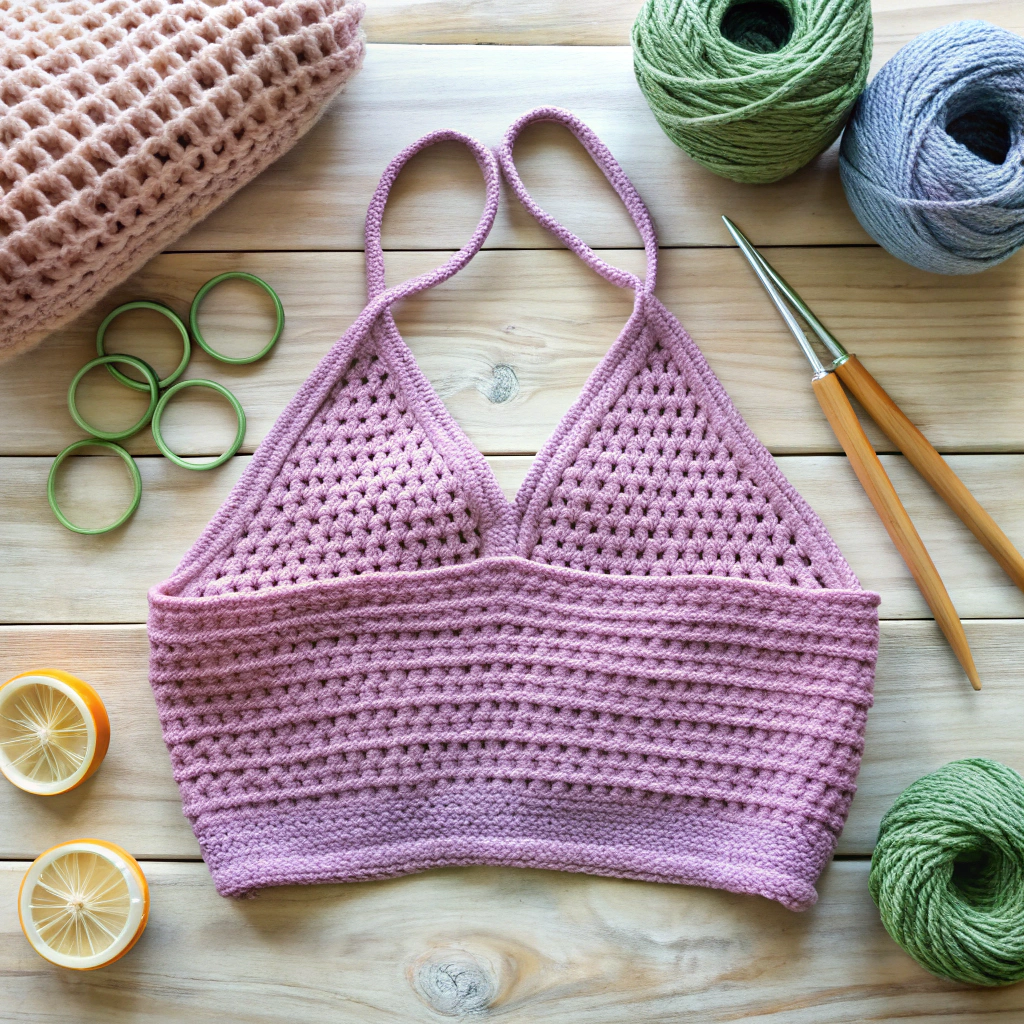In this article, you’ll learn how to create crochet drawings to plan your crochet projects with precision and creativity.
So, you’ve fallen into the vortex of “crochet drawing” and now your brain is tangled in yarn? Good news—you’re in the right place! We’ll unravel the mystery of creating crochet chart patterns with ease, using nifty diagram programs, and decoding those cryptic symbols like a yarn wizard. Plus, you’ll master foundational stitches and shape fabric like a pro. Let’s transform chaos into crochet zen. Ready? Let’s stitch this up!
Key takeaways:
- Create crochet chart pattern with simplicity for beginners.
- Use crochet diagram programs for detailed stitch charts effortlessly.
- Learn crochet symbols for decoding instructions like a pro.
- Master basic crochet stitches for strong foundation in projects.
- Incorporate increasing and decreasing techniques for shaping fabric.
Create Crochet Chart Pattern

When crafting your own crochet chart pattern, think of it as creating a treasure map for yarn enthusiasts.
First, choose your desired design. Picture a cat, a whimsical flower, or even your favorite quote. Simplicity is key for beginners—complex patterns can wait.
Now, grab some graph paper or a digital tool. Each square or pixel represents a stitch. That’s right—your doodles just grew up!
Map out your design square by square. Darken the squares for filled stitches, leave them blank for gaps. Keep in mind which stitches will fit best—single crochet, double crochet, or perhaps a daring popcorn stitch?
Add indicators for row starts and ends. Arrows can be your trusty compass, guiding the way.
Finally, test your chart with a mini project. If the cat looks more like a potato, tweak the design before embarking on a grander yarn journey.
Embark on this stitching adventure armed with creativity and a touch of patience. There’s no wrong way to sketch your crochet dreams!
Crochet Diagram Programs
When it comes to creating detailed stitch charts, a handful of digital tools can save you from drowning in a sea of graph paper. Programs like Stitchworks Software or Crochet Charts open up a world of possibilities. Who needs graphite smudges when you can click your way to perfection?
Firstly, most of these programs come loaded with standard crochet symbols, making your job much easier. No need to Google what a half double crochet looks like—just pick it from the menu.
Secondly, these tools allow you to drag and drop stitches onto a grid. It is like playing crochet Tetris, but you do not have to worry about pieces disappearing off the screen.
Thirdly, many programs offer customization. Want to invent your own stitch? Go wild, Picasso of the yarn world. Adjust sizes, colors, and even export patterns that look as polished as yarn straight from a skein.
Finally, some programs offer stitch counts and pattern repeats. Translation: fewer headaches when you are trying to keep things symmetrical. The automation helps spot potential errors before you even pick up your hook.
So, put down that pencil, fire up your computer, and crochet like it is 2099!
The Crochet Symbols
Let’s dive into the world of crochet hieroglyphics! Understanding these symbols is like getting an all-access pass to secret yarn society. Each symbol tells you what stitch to make and where to place it. Ready to decode?
A little oval symbol – that’s a chain stitch, perfect for starters. A plus sign (or cross) is a single crochet stitch, nice and sturdy. Imagine a tiny letter T, sometimes with a diagonal line through it – that’s your double crochet stitch.
When you see a mini X, that’s a single crochet. Double crochet? Looks like a T with a line through it.
Now, picture a V (as in Victory!) with a line across it – hello, half double crochet.
Fancy seeing a starburst or an asterisk? You’ve hit a special stitch sequence jackpot! Follow instructions and repeat as told, like a dance move.
Oh, and those arrows? They simply point the way to your next steps, so you won’t get lost in the yarn jungle.
Just a handful of these symbols, and you’re practically fluent in crochetesian!
Basic Crochet Stitches
Let’s dive into the wonderful world of basic crochet stitches. These are the bread and butter of any crochet project and make up the foundation of your future masterpieces.
First up, the chain stitch (ch). Think of this as the starting line in a crochet marathon. It’s simple: just yarn over and pull through the loop on your hook. It’s the crochet equivalent of doodling a straight line.
Next, you’ve got the single crochet (sc). Insert your hook into the designated stitch, yarn over, pull through a loop, yarn over again, and pull through both loops on the hook. This one’s like making tiny picket fences; solid and reliable.
The half double crochet (hdc) is where things start to get a bit taller. Yarn over, insert your hook, yarn over and pull through a loop, then yarn over once more and pull through all three loops. Think of it as your single crochet’s lankier cousin.
Then there’s the double crochet (dc). Yarn over, insert your hook, yarn over, pull through a loop, yarn over again, pull through two loops, yarn over one last time, and pull through the remaining two loops. It’s like giving your project a more vertical boost.
For the triple crochet (tr), you’ll be scaling even greater heights. Yarn over twice before inserting your hook, then continue as you would for the double crochet, but remember to pull through two loops at a time until you’re down to one.
Ready to combine these stitches into something incredible?
Increasing and Decreasing
Incorporating increases and decreases in your crochet diagrams is like adding a pinch of spice to a dish – it brings everything together!
First, let’s talk about increasing. Essentially, you’ll be adding extra stitches to create more fabric. The symbol for an increase often looks like a small “V” in diagrams because, well, just think of it as planting a little victory sign in your work!
Decreasing, on the other hand, involves merging two or more stitches into one. The symbols for decreases might look like a diagonal slash or the top of a triangle, indicating the stitches converging.
- When increasing:
- Insert multiple stitches into a single stitch space.
- Common symbols: “V” or a filled circle.
- When decreasing:
- Crochet two stitches together.
- Symbols to look out for: a slash or angle.
Remember, the goal is to shape your fabric. Picture it like sculpting yarn! Just keep track of those symbols, and soon you’ll be navigating increases and decreases with ninja-like precision.
Advanced Crochet Diagrams
Progressing to complex patterns unlocks a world of creative possibilities. Imagine transitioning from a simple granny square to replicating a peacock’s feather with yarn. Yes, it’s that magical.
Mastering these intricate designs means embracing various techniques:
– Cluster Stitches: Multiple stitches worked into one spot, forming a small, dense cluster. Think of them as the popcorn of crochet.
– Puff Stitches: Similar to cluster stitches but with more volume. They give your project a delightful, puffy texture, like tiny yarn pillows.
– Shell Stitch: A series of stitches worked into one foundation stitch, creating a fan-like spread. Perfect for projects needing a bit of flair.
– Post Stitches: Worked around the post of the stitch rather than the top, adding depth and dimension. Imagine a 3D effect without the glasses.
– Picots: Small loops that add delicacy to patterns. Think of them as the sprinkles on your crochet cupcake.
Playing around with these stitches in your diagrams can turn everyday items into something spectacular.
Tips & Tricks for Reading a Stitch Chart
Eyes burning from staring at pattern symbols? Don’t fret! Here are some nuggets of wisdom to make your crochet chart-reading escapade smoother than a freshly frogged yarn ball.
First up, always start at the bottom right corner if your chart is worked flat. If it’s in the round, lucky you! Begin at the center. The direction arrows are there for a reason, like tiny map guides for your crochet journey.
Got a jumble of stitches? Build a legend. Most charts come with a legend – and we’re not talking about a bedtime story. It’s a key to understanding each symbol. Make sure you’ve got it handy, it’s your chart Bible.
Count twice, crochet once. Just like a carpenter measures wood, you should count your stitches. One miscount and your lacy masterpiece might morph into an unintentional abstract art piece.
Highlight or color code your rows. Who says crochet can’t be a coloring activity too? Mark where you leave off so you don’t end up repeating the same row or worse, skipping one.
And finally, look ahead in your pattern. It’s like peeking at the last page of a mystery novel. It’s okay to glance ahead and understand the ultimate goal of your stitches.
Keep these tricks in your back pocket, and you’ll be navigating stitch charts like a seasoned sailor mapping undiscovered lands.





